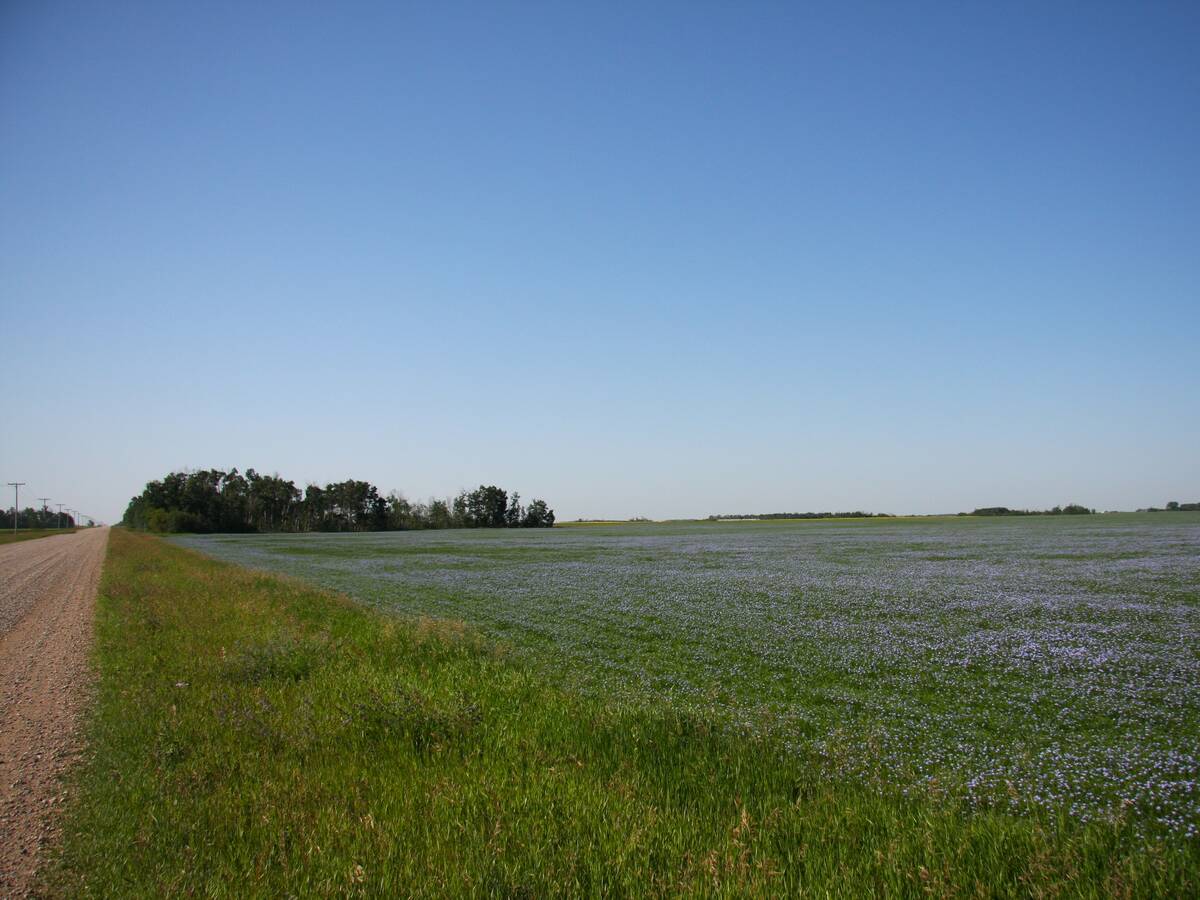Recession hits | Opportunities lie in organic soybean products, milk, yogurt and cereal, says trade official
The decline in the number of organic farmers, particularly in Sask-atchewan, worries the Canadian Organic Trade Association.
Executive director Matt Holmes told the recent Organic Connections conference in Regina that supply is already tight, and a smaller number of producers won’t help.
Organic farm numbers declined nationally by 4.5 percent from 2009 to 2010, he said.
However, Saskatchewan saw a 16 percent drop, which could hit 30 percent once the latest data is known. The province is home to about one-third of Canada’s organic farmers.
The decline is happening while demand continues to grow.
Read Also

Farmland advisory committee created in Saskatchewan
The Saskatchewan government has created the Farm Land Ownership Advisory Committee to address farmer concerns and gain feedback about the issues.
Holmes said the recession negatively affected the entire food industry, but the organic sector, which is worth $59 billion globally, saw only a slowdown in rate of growth.
This took pressure off organic suppliers, he added.
Ninety-six percent of the global market is in North America and the European Union, but Holmes said North America hardly shows up on the map in terms of production.
“South America, Australia and Europe are far and away supplying a lot of that production,” he said.
Countries that traditionally supply organic food are also becoming consumers, he added. For example, Brazil, India and China are developing a middle class that wants organic food.
Canadians rank ninth in terms of per capita consumption of organic food, while Denmark and the United States are the leaders.
Holmes said there are opportunities for Canadian growers and processors in areas such as soybean products, milk, yogurt and cereals. These products top the list of the organic items that consumers buy.
Holmes said he is concerned about the lack of quality Canadian data that can be used to make policy, production and marketing decisions.
A 2007 study showed $1 billion in annual sales, which doubled to $2 billion by the next year.
However, a comprehensive study of the marketplace has not been conducted since 2009.
COTA estimated the market was worth $2.6 billion in 2010, or 2.5 percent of total retail food sales.
The association recently learned it would receive funding to conduct the first full organic market assessment since 2009. It will also include a look at who organic consumers are, where they live and where they shop.
“We don’t even know what full production is because that changes pretty rapidly,” he said. “We’re trying to work with the government. We’re trying to work with the certifiers.”
At the conference held Nov. 2-3, Holmes said he recently learned that Statistics Canada has proposed to no longer ask questions about organics in its agricultural census.
“That’s unacceptable,” he said.















